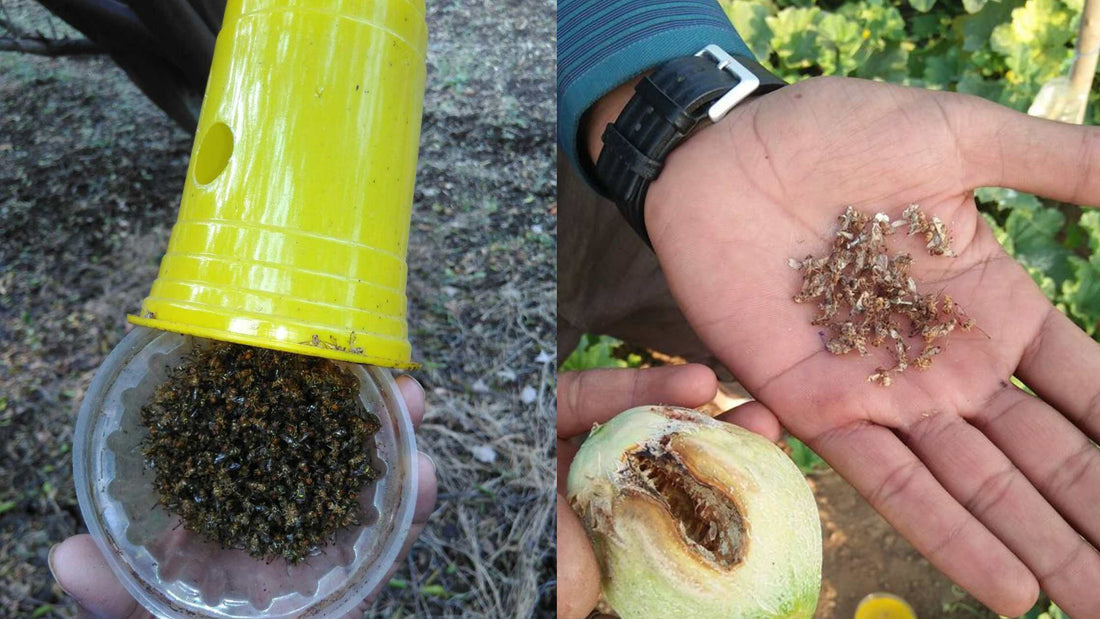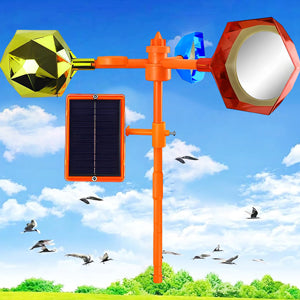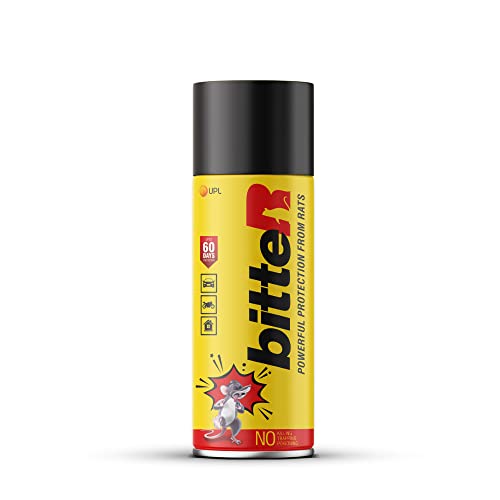
Defeat Fruit Flies and Protect Your Watermelon Profits with Makshikari
Share
Watermelon Farmers: Are Fruit Flies Ruining Your Harvest?
Introducing Makshikari, your secret weapon against the notorious fruit fly. These pesky insects, including the Oriental fruit fly and Melon fly, can devastate your watermelon crop (alongside other fruits and vegetables!) causing significant financial losses.
The Devastating Impact of Fruit Flies
- Oriental fruit flies are relentless, attacking mangoes, papayas, guava, and a host of other crops.
- Melon flies specifically target watermelons, cucumbers, bitter gourd, and more – leading to potential 75% yield losses!
Why Traditional Pest Control Methods Often Fail
Fruit flies are incredibly adaptable, making pesticides, netting, and even natural predators less effective. Their rapid lifecycle and reproduction abilities can easily overwhelm these control methods.
Makshikari - The ultimate solution for sustainable fruit fly control that maximizes your yields.
Understanding The Frighteningly Fast Fruit Fly Life Cycle
Fruit flies boast a lightning-quick lifecycle that allows their populations to explode in ideal environments like farms brimming with healthy, flowering, and fruiting crops. Here's a breakdown of the stages:
- Eggs: A single female can lay hundreds, even thousands, of eggs directly on your precious fruits. These eggs hatch within a day!
- Larvae: The hatched larvae, tiny maggots, burrow into the fruit and feast for just a few days.
- Pupae: After feeding, the larvae pupate, forming a protective shell where they transform into adults. This stage can last a few days to a couple of weeks.
- Adults: The adult flies emerge ready to mate and lay their own eggs within days.
The Exponential Threat:
Imagine this rapid cycle happening repeatedly, with each generation producing hundreds more flies. In farms with abundant food and ideal breeding conditions, this translates to a nightmarish population boom in a very short time.
Makshikari: Your Pheromone-Based Fruit Fly Solution
Makshikari disrupts the fruit fly's mating cycle, naturally curbing their population.
- How it works: Traps release pheromones that attract male flies, trapping them and preventing them from reproducing.
- Benefits: Reduces or eliminates the need for pesticides, promotes healthy crops, and is easy to use.
- Coverage: One trap covers 5000 square feet – approximately 15 traps per acre.
Fruit Fly Control for All – From Farms to Gardens
Makshikari works effectively in commercial watermelon fields, kitchen gardens, and polyhouses.
- Kitchen gardens: Install one trap monthly for year-round protection.
- Polyhouses: Start with one trap for monitoring, increasing as needed.
Easy Installation
Installing Your Makshikari Fruit Fly Trap: A Simple Guide
Makshikari traps are incredibly easy to set up – the manufacturer has ensured a smooth and effective process. Follow these steps:
-
Prep the Lure:
- Open the pouch and find the wooden lure with a copper wire wrapped around it.
- Carefully unwind the wire, being careful not to touch the wooden lure itself.
- Don't worry if the lure looks dry – the pheromone is embedded deep inside for a slow, steady release. Remember, humans can't smell the pheromone!
-
Assemble the Trap:
- Take the glass trap and locate the tiny hole at its base.
- Thread the end of the copper wire through this hole from the inside of the glass towards the outside.
- Securely attach the dome-shaped cap to the glass trap.
-
Repeat and Hang:
- Repeat steps 1 and 2 for each trap you plan to install.
- Find sturdy sticks or supports and hang your assembled traps about 3-4 feet above the ground within your crop.
That's it! Your Makshikari traps are now ready to protect your crops!















